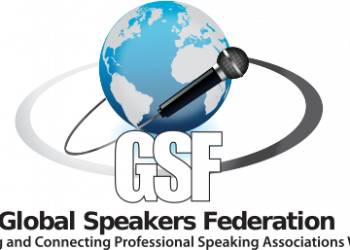If 2020 was a product then “you are on mute” would be one of its tag lines ! The number of times we hear this on calls daily is likely second only to “can you hear me ?” But what if I told you that you being on mute
Is not a technological failure ! Rather it is a failure of your own capability to be seen, heard and understood in a manner that keeps people engaged & attentive.
Ouch ! “Can you hear me now ?” If so, read on.
Let’s face it, we are overdosing on zoom. Glazed eyes, tired faces and the constant threat of “I need to jump on another call” make for a very trying audience to begin with.
A lot of us did not know how to hold attention of our peers, bosses and clients even in the pre-zoom world and the situation has just gone from bad to worse. How is anyone supposed to navigate this ? And what is lost attention costing you ?
The cost of lost attention is a loss of your influence.
A loss of influence means you won’t get the necessary resources for your dream project, you will always be fighting an uphill battle to convince stakeholders of the merit of your proposal, you will close less deals and you will be forgotten in the sea of sameness because let’s face it – just how many engaging & attention grabbing presentations have you heard in the last 30 days, ok let me make it 6 months, how about I give you a year ! Chances are you really had to think about that one.
The real cost of the inability to engage & influence ranges from burnout and stress (because you keep pushing your ideas/products and no one is buying) to loss of enthusiasm (because your impactful suggestions don’t translate into anything & keep getting shot down) and ultimately loss of the ability to have a truly impactful career & leadership journey .
As a keynote speaker and a faculty in executive development I don’t have the luxury of counting on my audience to understand me. I have to take the ownership, accountability, responsibility and passion for making sure they listen with engagement and act with with enthusiasm on the messages I must get through.
And here is the interesting part, this can be done with a fairly simple set of practices that you can actually start using right after you finish reading this post ! But the only catch is that you must try them and report back. Deal ?
First practice: Use the chat box. Yes, simple as that. Give your audience an alternate way to engage with you. Ask simple questions that can be answered with a yes, no, maybe/depends. Most people want to do something than just sit there and listen and if you don’t give them something to do, they will find something to do and that ‘something’ may not be about listening to you. I have used this practice in a room more than 300 people to great effect. Caveat: it can become very fast flowing if you have an excited audience as I often do. In which case enlist a colleague to be a co-pilot !
Second practice: Raise your energy. This does not mean speaking loudly. This means upping your enthusiasm, choice of words and using some gestures to make a point. Let’s face it there is loss in transmission as we go across the internet to screens that may miniaturize us or make us disappear altogether behind the slides (in which case voice variation or throwing away that deck for parts of the presentation atleast is key). The image you have just seen is me presenting from a virtual stage in my home. The trick for this virtual stage was so simple that you might not believe me even if I told you so (therefore I won’t ! I need to keep some secrets for when we meet next !).






